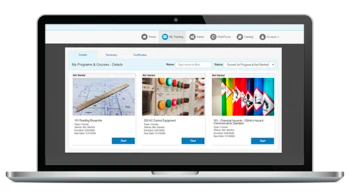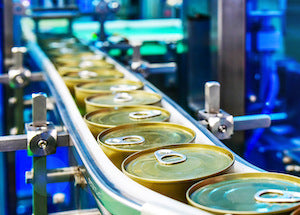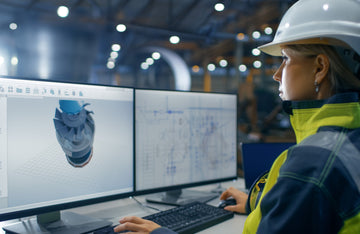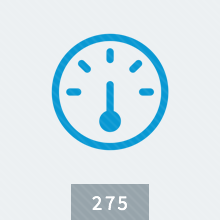Covers principles of fluid flow and how primary devices affect fluid flow. Describes flow measurement using several kinds of secondary devices. The online course goes on to Discuss rotameters and other variable-area instruments. Explains how weirs, flumes, and other arrangements measure open-channel flow. Compares many kinds of positive-displacement meters and explains the operation of several kinds of turbine and magnetic flowmeters. Describes less-common flowmeters (including vortex-precession, mass flow, and ultrasonic devices) and instruments that meter the flow of solids. Provides guidelines for safe installation and maintenance of flow devices. This course has no prerequisites. Flow Measurement is available in online maintenance training and course manual formats.
Lesson 1 - Properties of Fluid Flow
Topics:
Fluids in motion; Establishing a pressure difference; Indicating flow; Factors affecting flow rate; Reynolds number
Learning Objectives:
– Explain the difference between density and relative density (specific gravity).
– Define fluid velocity, viscosity, and volume flow rate.
– Describe laminar flow and turbulent flow.
– Explain how static head, friction head, and velocity head differ from each other.
– Explain how pipe size, pipe friction, and fluid viscosity affect the measurement of fluid flow.
Lesson 2 - Primary Measuring Devices
Topics:
Flow measurement in filled pipes; Restricting flow; Pressure drop; Orifice plates; Flow nozzles; Turndown and rangeability; Pipe taps
Learning Objectives:
– Describe direct and indirect flow measurement methods.
– Describe how a primary device creates a differential pressure.
– Give at least three examples of common primary devices and explain how each works.
– Describe the significant features of orifice plates and explain their functions.
– Discuss the conditions that determine the length of straight pipe required for each kind of primary flowmeter.
Lesson 3 - Secondary Measuring Devices
Primary flow elements; Pressure taps; Piping, fittings, and valves; Electrical hookup; Maintenance precautions; Preventive maintenance; Calibration






